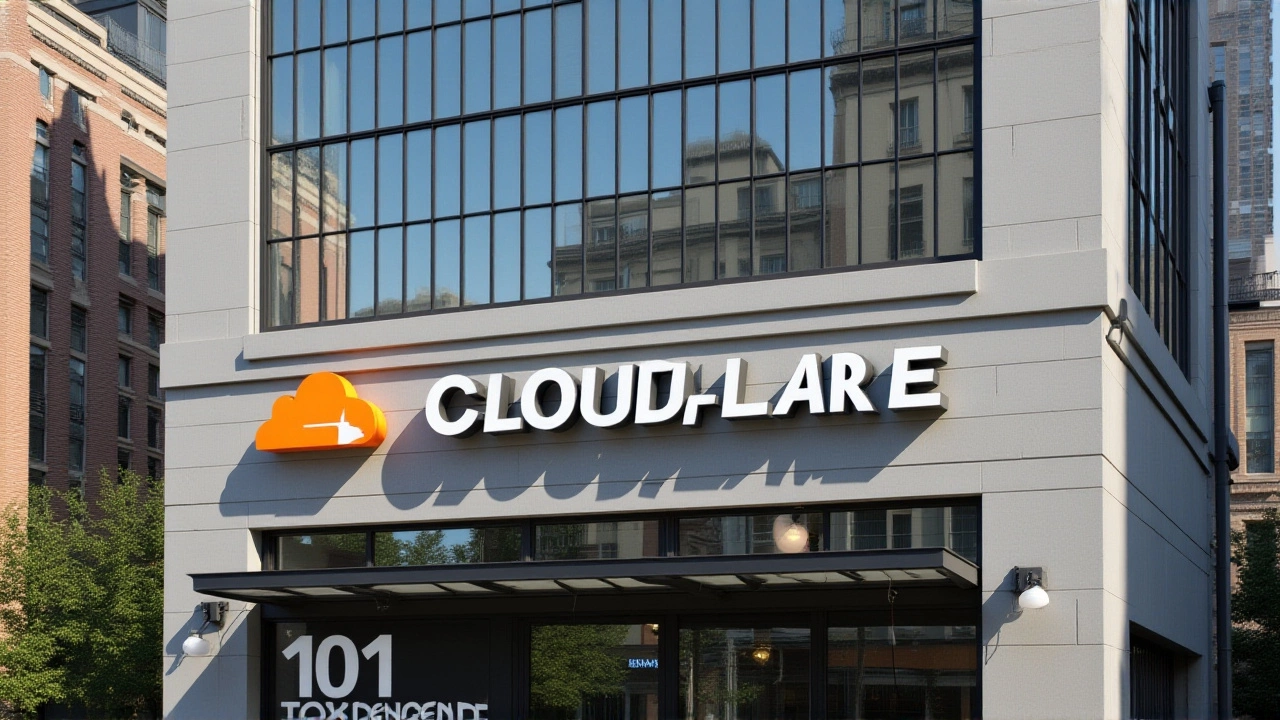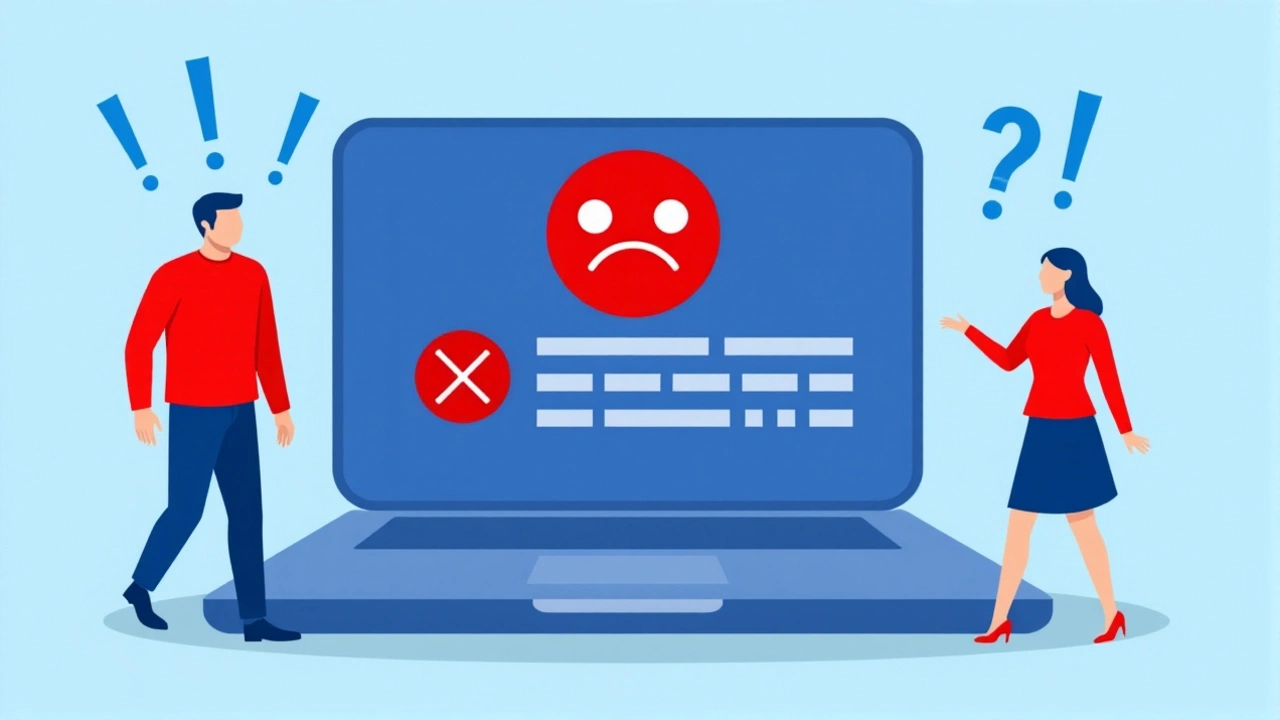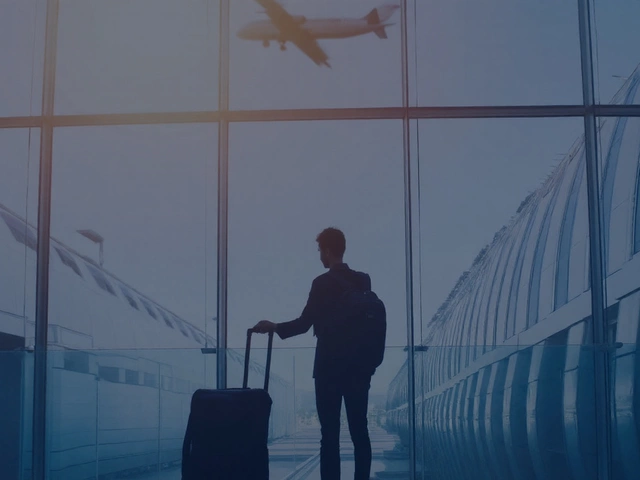At 11:20 UTC on November 18, 2025, the internet blinked. Not from a storm, not from a hacker, but from a single misconfigured line of code inside Cloudflare, Inc.—a company that quietly runs nearly one in five websites on the planet. For six hours, millions of users couldn’t access X, ChatGPT operated by OpenAI, LLC, or Claude AI from Anthropic, PBC. Financial transactions stalled. Train schedules vanished. Even some hospital appointment portals went dark. The cause? A bot management setting gone wrong. No hackers. No ransomware. Just a permissions update in a ClickHouse database that ballooned a config file beyond capacity—and brought parts of the digital world to a halt.
How a Tiny Configuration Error Crashed the Internet’s Backbone
The problem started when Cloudflare’s engineering team made a routine change to the Bot Management system, designed to filter out malicious automated traffic. A tweak in the permission structure of the ClickHouse database caused the system to generate a configuration file over 100 times larger than normal. Instead of rejecting it as invalid, the system tried to load it. The result? Core proxy servers across North America, Europe, and Asia began crashing under the weight. Traffic couldn’t be routed. Requests timed out. HTTP 5XX errors spiked. By 11:30 UTC, Cisco ThousandEyes, the network intelligence arm of Cisco Systems, Inc., flagged the anomaly. Their report noted: “Network paths looked clean—but backend services were silently dying.”Downdetector recorded exactly 2,100,000 user reports during the outage. The U.S. led with 435,000, followed by the U.K. (287,000), Japan (212,000), and Germany (198,000). Airlines paused check-ins. E-commerce sites dropped to 10% of normal traffic. Even the BBC and CNET struggled to load their own pages, as their content delivery relied on Cloudflare’s edge network.
CEO Confirms: Not a Hack, Just a Human Mistake
By midday, panic spread. Was it Russia? China? A new cyberweapon? Matt Prince, co-founder and CEO of Cloudflare, Inc., went live on X at 13:15 UTC to reassure users: “There was no evidence the outage was caused by a cyberattack.” His tone was calm, but the implications were chilling. This wasn’t a breach. It was a mistake—made by someone in a San Francisco office, with no malicious intent, that rippled across continents.It’s a sobering reminder that the internet’s architecture is built on trust—and fragility. Cloudflare doesn’t own the servers hosting your favorite app. It doesn’t host your data. It just routes traffic between you and them. And when that routing layer fails, everything downstream collapses. Like a single broken valve in a city’s water system, the failure wasn’t in the homes—it was in the pipes.

Who Got Hit—and How Badly?
The outage didn’t just annoy users. It cost money. And time. OpenAI, LLC lost an estimated $42 million in potential API usage during the six-hour window, based on their average $11.7 million per hour revenue. Anthropic, PBC reported a 78% drop in Claude AI traffic. Retailers like Shopify and Etsy saw checkout failures spike by 400%. Public transit apps in London and Tokyo failed to update schedules. Even some U.S. banking apps displayed “service unavailable” messages.It wasn’t just big names. Small businesses relying on Cloudflare’s free SSL certificates and DDoS protection were locked out entirely. One indie developer in Portland told CNET: “I had a client’s e-commerce site go dark. I couldn’t even log in to fix it because Cloudflare was down. I sat there for hours watching the clock.”
Recovery, Reckoning, and the Road Ahead
Cloudflare’s engineers began rolling back the faulty configuration at 12:45 UTC. Partial service returned by 14:30 UTC. Full restoration came at 17:06 UTC—nearly six hours after the first server crashed. Their official incident report, published on November 19, 2025, detailed three key fixes: adding automated size limits for config files, implementing mandatory human review for ClickHouse permission changes, and deploying a new “fail-safe” layer that isolates Bot Management updates from core routing.But the real question isn’t what they fixed—it’s what they didn’t. Cloudflare manages traffic for over 100 million requests per second. That’s more than the entire global internet traffic of 20 years ago. And yet, this outage was triggered by a single, untested configuration change. No redundancy. No sandbox. No backup protocol to auto-reject oversized files.
Sangfor Technologies, a cybersecurity firm, put it bluntly in their post-mortem: “The world was reminded once again of how interconnected and fragile the modern internet can be.”

What’s Next for Cloudflare—and the Internet?
Cloudflare’s status page now reads “No incidents reported,” as of November 21, 2025, at 18:01 UTC. But there’s a scheduled maintenance window listed—no date given. That’s the new normal. We’re told the internet is resilient. But when one company’s error can shut down AI chatbots, stock trading platforms, and emergency services, resilience feels like a myth.Regulators are watching. The European Commission has signaled it may review the “critical infrastructure” status of third-party CDN providers. In the U.S., the FCC is considering whether to require redundancy mandates for companies handling over 10% of internet traffic. Cloudflare’s stock dipped 8% the day after the outage but recovered by week’s end. Investors aren’t panicked. But users are. And they should be.
Frequently Asked Questions
Why did Cloudflare’s outage affect so many services even though it’s not a hosting company?
Cloudflare doesn’t host websites, but it acts as the middleman between users and servers. It handles DNS lookups, SSL encryption, and traffic routing. When Cloudflare’s proxy layer failed, requests couldn’t reach sites like X or ChatGPT—even if those platforms’ own servers were perfectly fine. It’s like a traffic control center going dark: the cars (websites) are still there, but no one’s telling them where to go.
How common are outages like this, and why didn’t Cloudflare catch it sooner?
Cloudflare’s last major outage was 27 minutes in July 2024. But this one was different: it wasn’t a server crash, it was a software misconfiguration that slipped past automated checks. The ClickHouse database change didn’t trigger alerts because the system assumed larger files were intentional. Human review was skipped under pressure to deploy quickly. This is a known risk in DevOps culture—speed over safety.
Could a similar outage happen to other cloud providers like AWS or Google Cloud?
Absolutely. AWS had a 10-hour outage in 2021 that took down Netflix, Slack, and Disney+ due to a single configuration error. Google’s 2023 outage in its DNS system disrupted YouTube and Gmail. The difference? Cloudflare’s role is more universal. Nearly every website uses it. That makes its failures more widespread—and more dangerous. No cloud provider is immune.
What’s the financial impact of this outage, and who pays for the losses?
Industry analysts estimate losses between $150 million and $200 million across affected platforms. But Cloudflare doesn’t guarantee uptime in its free tier, and even paid customers have limited SLAs. Most companies absorbed the losses themselves. No one’s being reimbursed. That’s the hidden cost of relying on third-party infrastructure: you pay for reliability, but not for compensation when it fails.
What steps is Cloudflare taking to prevent this from happening again?
Cloudflare has implemented three major changes: automated file size limits for configuration updates, mandatory dual approval for ClickHouse permission changes, and a new “circuit breaker” system that isolates bot management updates from core routing. They’re also adding real-time anomaly detection using AI models trained on past incidents. But experts warn: without external audits or regulatory oversight, these fixes may not be enough.
Should I be worried about my own website if it uses Cloudflare?
If your site depends on Cloudflare, you’re still vulnerable to the same risks. But you can reduce exposure: enable multi-CDN failover, use a secondary DNS provider, and avoid relying solely on Cloudflare’s free services. The outage wasn’t a sign your site is unsafe—it’s a sign the entire internet’s foundation is more brittle than we pretend.






